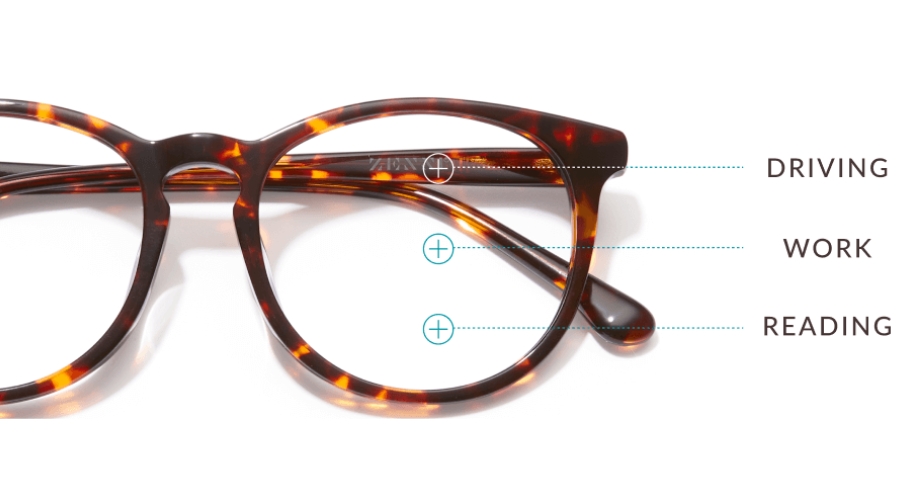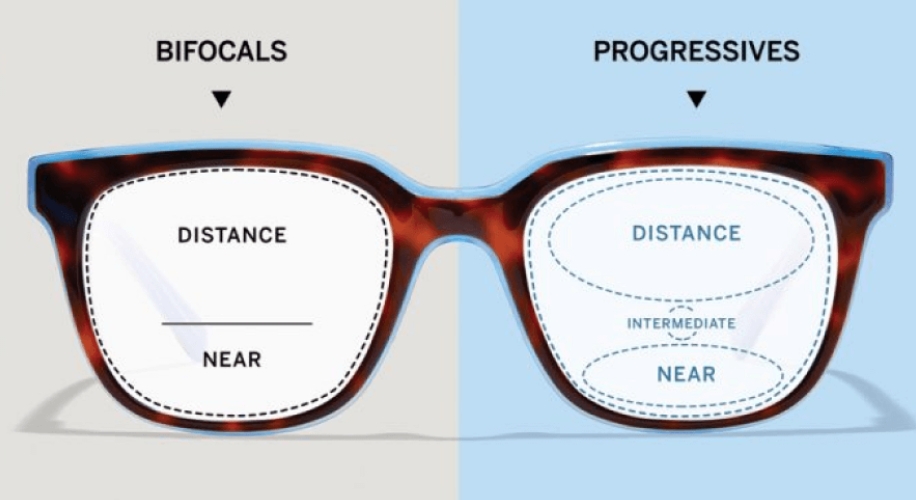Decoding Bifocals and Progressive Lenses
- BY Dr. Steven Liem
- IN Billboard

Are you constantly switching between your reading glasses and your regular glasses? Do you often find yourself squinting to read a book or a menu? Bifocals and progressives could be the solution you’ve been seeking. These multifaceted eyewear options provide seamless vision for both near and far distances in a single pair of glasses. Don’t worry, we’ll explain these terms in a simple, easy-to-understand manner.
Understanding Bifocals

Bifocals are an innovative solution for individuals who both have difficulty seeing objects at a distance (nearsightedness) and struggle with near vision tasks such as reading (farsightedness or presbyopia). The term ‘bifocal’ essentially means two points of focus. A bifocal lens is divided into two distinct sections:
- The upper portion is designed for distance viewing
- The lower portion is for near vision
You might have seen eyeglasses with a visible line across the lens – these are traditional bifocals. The line separates the two different prescriptions, providing a clear switch from distance to reading vision. But don’t worry, modern optics technology has made this line less noticeable and more appealing.
Progressive Lenses: The Next Level
Progressive lenses, also known as no-line bifocals or multifocals, offer a more advanced and smoother alternative to bifocals. These lenses provide a gradual transition of lens powers for viewing at different distances. Essentially, you’re getting distance, intermediate (computer use), and reading vision correction all in one lens, with no abrupt change or visible line.
Progressive lenses might require a little adjustment period as your eyes get used to the gradual change in prescription. However, once adjusted, many find them to be a comfortable and convenient option for vision correction. Interested in learning more? Check out our Progressive Lens Guide for detailed information on how progressives work and their benefits.
Bifocals Vs. Progressives: Which One To Choose?
Shop These Zenni Frames
Both bifocals and progressives can significantly improve your daily vision if you have multiple prescriptions. The choice between the two ultimately boils down to your personal preference, lifestyle, and comfort. Here are a few points to consider:
- Bifocals: They provide a clear-cut separation between near and far vision. They’re usually less expensive than progressives and may be easier to adjust to initially.
- Progressives: They offer a more natural transition between distances, eliminating the “image jump” seen with bifocals. They’re aesthetically pleasing with no visible line across the lens, making them look like single-vision lenses.
Remember, it’s essential to have a comprehensive eye exam and consultation with an eye care provider to determine the best eyewear solution for your unique needs. And whatever your choice may be, Zenni Optical has a wide range of affordable, high-quality bifocal and progressive lenses to choose from.


